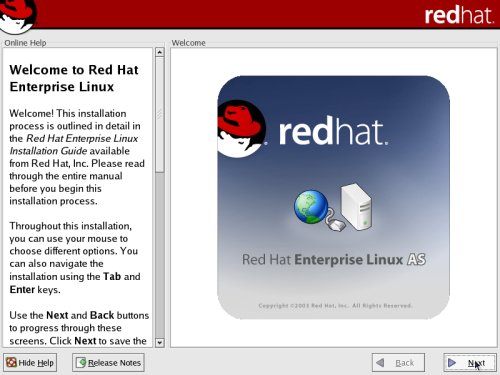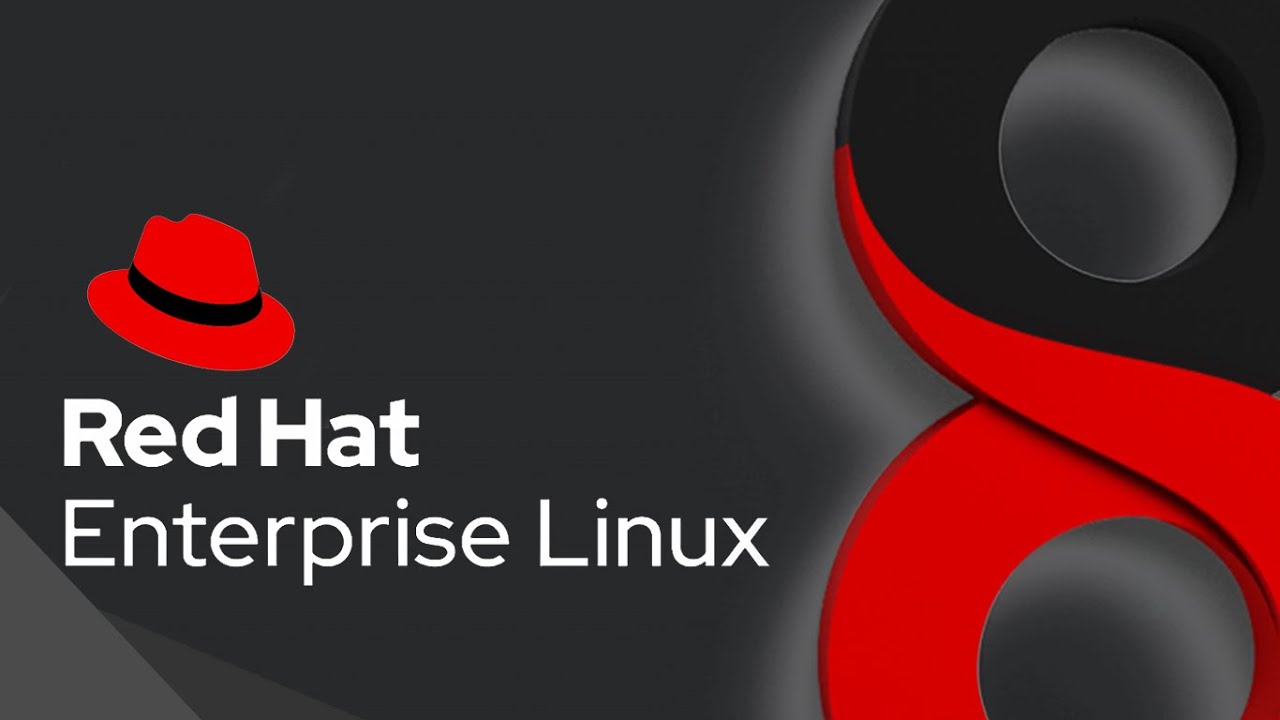

Part of the deal involved a new governance board for CentOS-one with a mandatory, permanent Red Hat majority.
#REDHAT LINUX FULL#
Red Hat gained control of an entity it saw as coloring the reputation of its own brand, and CentOS developers got Red Hat jobs allowing them to work on CentOS full time while still keeping the lights on. So when Red Hat offered to partner with the CentOS team in production of the distribution, the deal looked good to both sides. In 2014, the CentOS development team still had a distribution with far more marketshare than resources. A year later, the CentOS team made contact with Davis and regained control of the project, but this didn't entirely repair significant damage to public perception of CentOS. CentOS founder Lance Davis drifted away from the project in 2008 but retained control of its domains and financials. Red Hat acquired CentOS in 2014Īlthough CentOS was and is a wildly popular distribution-for a couple of years, it was the most commonly used Web server distro in the world-it suffered its share of community struggles.

It also made it easier for developers to build and manage dev environments that would be guaranteed-compatible to their commercially supported RHEL production environments.
#REDHAT LINUX UPGRADE#
This allowed CentOS to enjoy guaranteed binary compatibility with "proper" RHEL.Īs a non-paywalled, no-hassles version of RHEL, CentOS appealed to a broader market of developers, tinkerers, and others who might eventually decide to upgrade to commercially supported RHEL. Traditional CentOS is a free-as-in-beer rebuilding of the Red Hat Enterprise Linux (RHEL) operating system, built from RHEL's own source code-but with Red Hat's proprietary branding removed and without Red Hat commercial support. Since then, each major version increment of RHEL has resulted in a corresponding new major version of CentOS, following the same versioning scheme and built largely from the same source. CentOS's first 2004 release was named version 2-to coincide with then-current RHEL 2.1. What’s a CentOS, anyway?ĬentOS-which is short for Community Enterprise Linux Operating System-was founded in 2004. Originally announced in September 2019, CentOS Stream serves as "a rolling preview of what's next in RHEL"-it's intended to look and function much like a preview of Red Hat Enterprise Linux as it will be a year or so in the future. Moving forward, there will be no CentOS Linux-instead, there will (only) be CentOS Stream. See the release notes for details.On Tuesday, Red Hat CTO Chris Wright and CentOS Community Manager Rich Bowen each announced a massive change in the future and function of CentOS Linux. Starting in Fedora 16, the configuration of the server has been changed relative to the above.


 0 kommentar(er)
0 kommentar(er)
